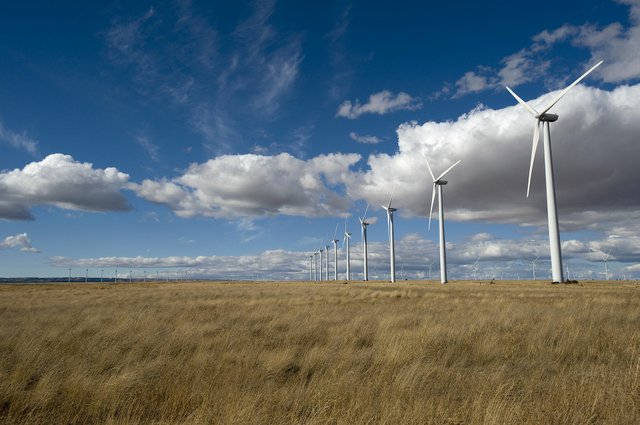forum
library
tutorial
contact

Wind Energy Tax Credit Has Blown
Its Course; Let Expiration Stand
by Editorial Board
Spokesman-Review, January 2, 2014
|
the film forum library tutorial contact |

|
Wind Energy Tax Credit Has Blown
by Editorial Board
|
 The federal production tax credit for wind energy expired Tuesday. That should be its last breath.
The federal production tax credit for wind energy expired Tuesday. That should be its last breath.
The credit pays wind generators 2.3 cents for every kilowatt-hour produced by the towering windmills that have become landmarks along Interstate 90 and in the Columbia River Gorge. The subsidy has kept wind-generated electricity more or less competitive with a mix of other generating resources in the region: hydropower, natural gas and coal.
Wind also received a boost from state initiatives that require utilities to obtain electricity from nontraditional resources like wind, solar and geothermal, even if cheaper choices are available. But several of the Northwest's utilities now have the alternative resources they need to meet the law's requirements. In the case of Avista, the energy from the Palouse Wind Farm will bring the utility into compliance with the level set for Washington in 2020.
New windmill construction has been becalmed. Iberdrola, for example, owner of about one-third of the region's 4,500 megawatts of wind-generating capacity, has no projects in the works.
The credit expired last year, too, but it was revived, causing only a brief interruption in wind development. But that experience, and knowing the extension was for only one year, fast-tracked what projects were on the drawing boards. To assure those projects could qualify for the credit, physical construction has to be underway, or at least 5 percent of the final capital investment must be irrevocably committed.
Now, all wind developers can do is await another cycle of expiration and revival. It's time to rethink.
In the Northwest, wind has become problematic in at least two ways.
Claims the huge blades are taking a toll on flying creatures, from bats to eagles, are creating a backlash among some environmentalists and tribes.
More significantly, rapid wind development over the last decade has overwhelmed the capacity of the transmission grid to get wind-generated megawatts to market during periods when runoff raises hydropower generation to maximum levels. Windmill owners have sued the Bonneville Power Administration for cutting them off the grid in 2011 and 2012.
The agency, which transmits more than 70 percent of all the electricity used in the Northwest, is working on solutions, one of which could be the construction of more power lines, which would raise costs for all Bonneville customers.
Wind advocates say their industry is no more subsidized, if not less subsidized, than coal and nuclear generators, which is probably true. Energy policy in the United States has less to do with kilowatt-hours than it does lobbyist hours. Policy that fosters the development of new technology, as the credits for wind and solar were intended to do, has its place. When the technology -- alternative or conventional -- matures, it's time to move on.
learn more on topics covered in the film
see the video
read the script
learn the songs
discussion forum
